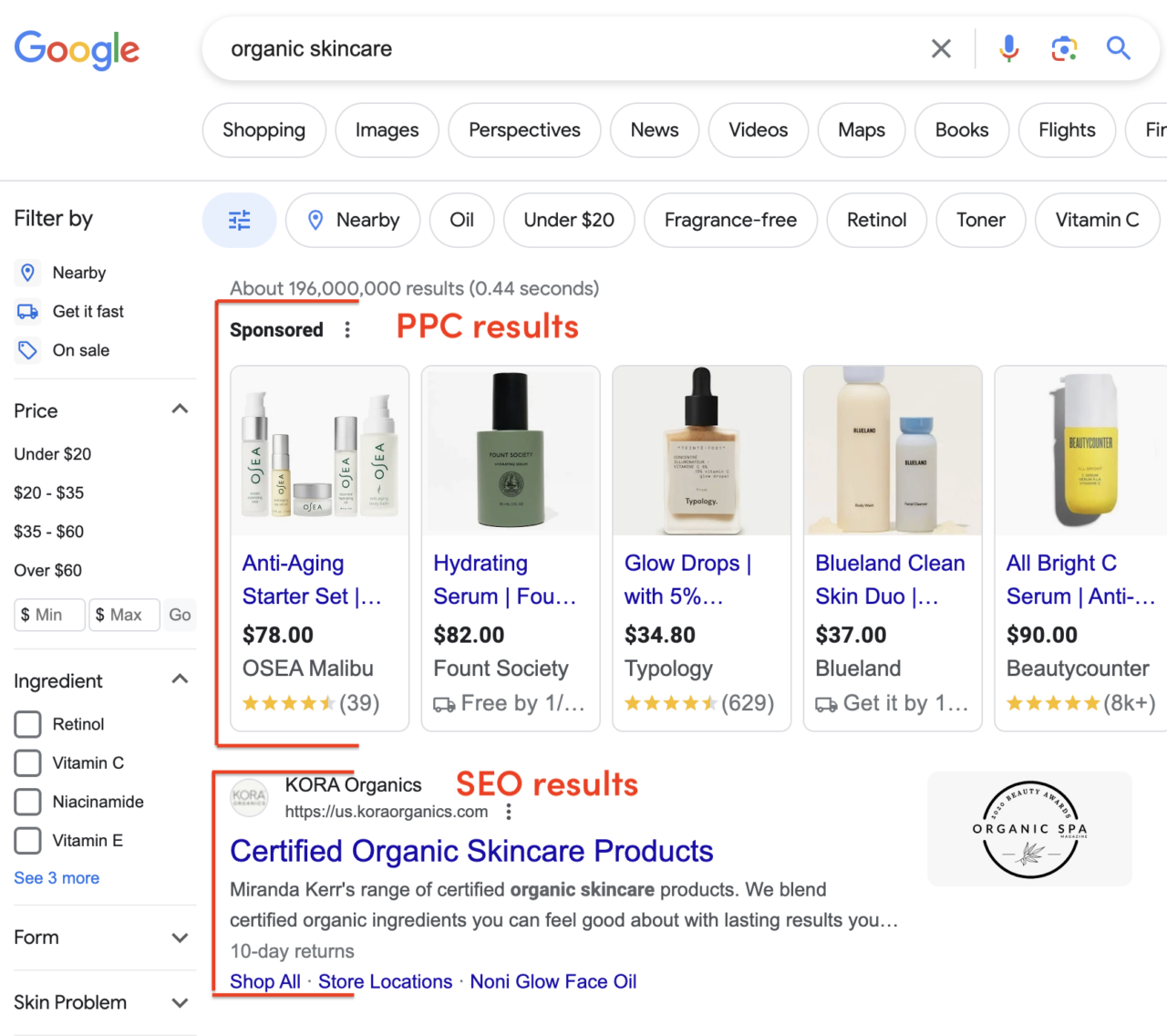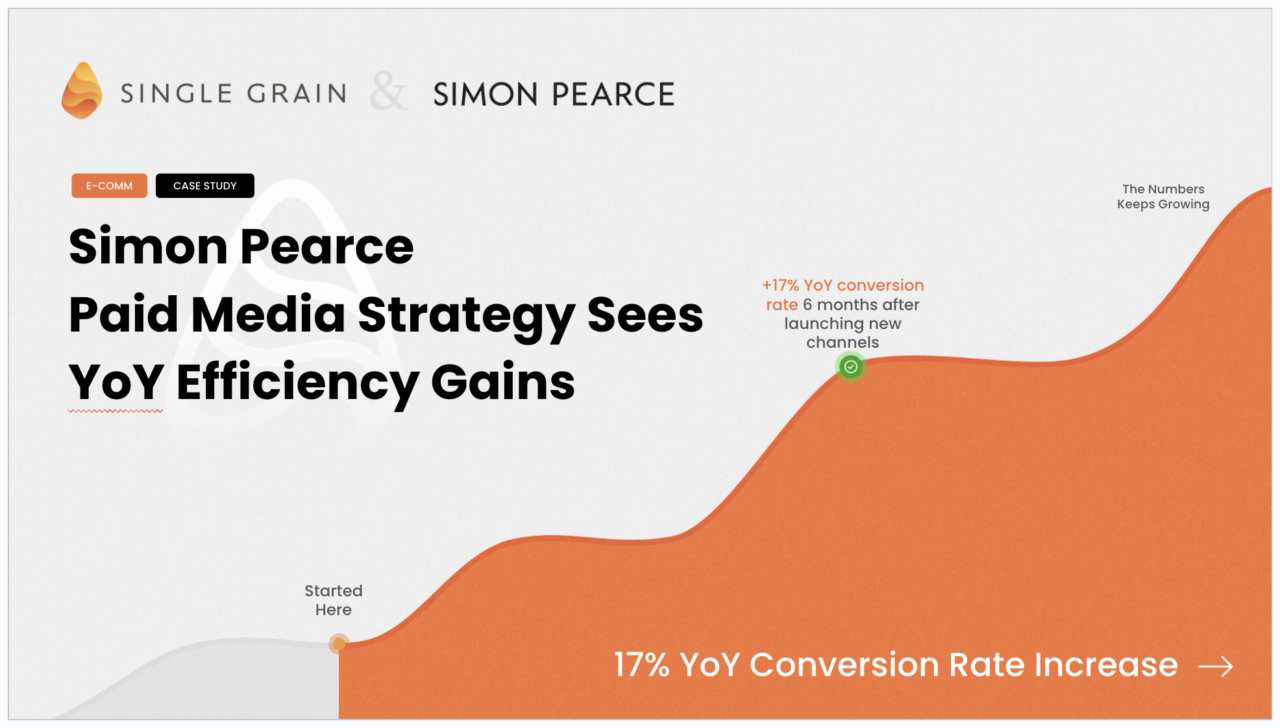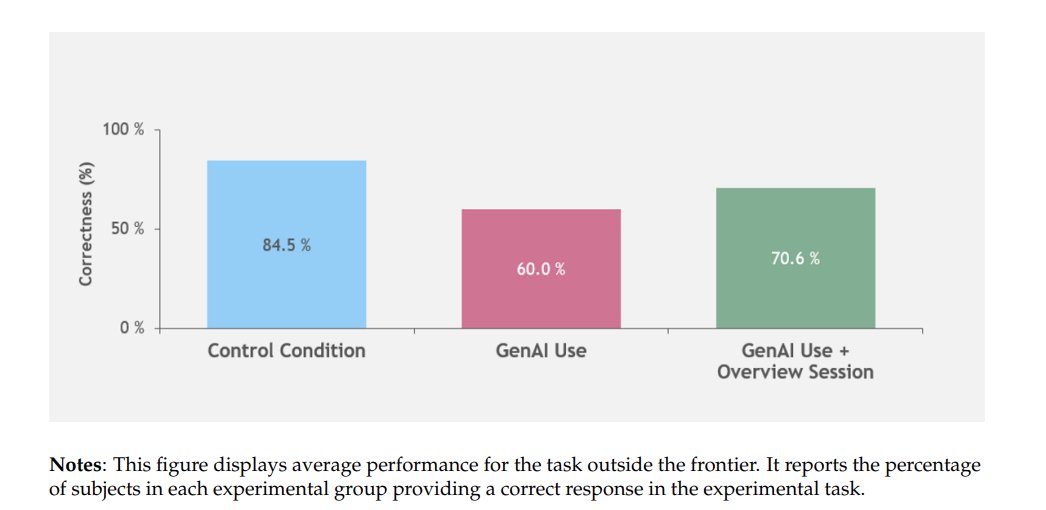Are Google Ads effective in 2024? The short answer is: Despite how crowded the online advertising space is, yes, Google Ads continues to reign supreme for its intent-based targeting mechanism.
Unlike social media platforms where ads may or may not align with immediate user needs, Google Ads capitalizes on the moment of search, presenting ads that directly answer user queries. But that doesn’t stop some advertisers from alleging that Google Ads isn’t as productive as it’s touted to be.
In this post, we’ll dive into some metrics from the last year to determine if this advertising platform is losing its flare or if they’re still something worth including in your marketing plan.
What The Data Tells Us
We took a look at Neil Patel’s analysis of Google Ads’ efficacy in the last year with $2.1 billion in advertising spend on the platform:
- Click-Through Rates: With an average CTR of 3.22%, Google Ads significantly outperforms industry benchmarks for digital advertising.
- Cost Per Click: The average CPC of $2.81 is actually a bit higher than what is generally regarded as the normal average for Google Ads, which usually hovers between $1 and $2.
- Conversion Rate: At 3.49%, the conversion rate from Google Ads is notably superior to that of organic search traffic.
Now here are the takeaways we observed from these datapoints:
- Highly Targeted Traffic: Google Ads’ strength lies in its ability to target users with high purchase intent, making the traffic it generates more likely to convert compared to other channels.
- Cost-Effectiveness: Despite the apparent high cost per click, the high conversion rates ensure that businesses achieve a significant return on their ad spend, justifying the investment in well-crafted campaigns.
- Versatile Ad Formats: Google Ads offers a variety of ad formats, including search, display and video ads, Performance Max, and others allowing marketers to tailor their strategies to the audience’s preferences and the nature of their products or services.
- Advanced Targeting Options: The platform provides sophisticated targeting options, including demographic, geographic, and device targeting, enabling advertisers to reach their ideal customers precisely.
- Measurable ROI: With comprehensive analytics and tracking capabilities, Google Ads allows advertisers to measure their campaign’s ROI in real-time, facilitating data-driven decisions to optimize performance.
Related Content: Google Ads Strategies That Will Increase Conversions and Improve Your ROI
The Cost-Value Conundrum
The investment in Google Ads, when compared to SEO efforts, usually incurs a higher upfront cost but justifies this with substantially higher conversion rates.

Despite the transparency of ads, many people (63%) knowingly click on paid advertisements, driven by the belief that these links are more likely to fulfill their search intent. This user behavior reinforces the strategic advantage of Google Ads in aligning business offerings with consumer needs.
Key Takeaway: While SEO provides long-term value with lower upfront costs, Google Ads excels in delivering immediate, targeted results that directly align with consumer intent, justifying its higher cost through superior conversion rates.

So, Are Google Ads Profitable or Not?
An eye-opening statistic reveals that for every dollar spent on Google Ads, advertisers see an average return of $2 in revenue.
While this does not account for other operational costs, it does suggest the platform’s potential for a high return on investment. Especially since, in most cases, businesses are scaling their progress from paid ads by simply cranking up the dial.
For instance, if they start by investing $10,000 and see a return of $20,000, they can then decide to invest $100,000 and, following the same logic, see a return of $200,000.
And not only does this make sense, but it has to make sense. If brands weren’t actually making more money from Google Ads than they were putting into it, then they would just stop using this platform entirely.
But they don’t quit it because it does work for a lot of businesses, hence why we see Google generating somewhere to the tune of $224 billion a year in ad revenue.
Key Takeaway: Google Ads, when leveraged effectively, can double your investment, offering a clear pathway to scalable growth.
Human Insight in the Age of AI
While AI tools offer promising efficiencies in ad targeting and optimization, the consensus among industry leaders is that it’s still not a 1:1 replacement of human judgment.
Strategic planning, nuanced understanding of target audiences, and unique content creation remain domains where human agency is still more powerful than AI on its own, despite what Google tells you about PMax campaigns, or what Meta says about their Advantage+ campaigns.
That’s for now, anyway. It’s only a matter of time before AI solutions get even stronger at producing quicker and better results than a human can.
Key Takeaway: Despite the advances in AI for ad targeting and optimization, human insight remains irreplaceable for strategic planning, understanding audiences and content creation.
In an AI vs human productivity case study by Ethan Mollick, they found that:
- Humans got the problem right 84% of the time without AI help
- Humans who used the AI only got the problem right 60-70% of the time

Conclusion: Are Google Ads Effective? You Bet They Are.
Google Ads continues to stand as an effective tool in the digital marketer’s arsenal. It contains huge potential to reach and convert targeted audiences with precision.
But (and this is a big but), reaching the true value of Google Ads requires a nuanced understanding of the platform’s intricacies and a strategic approach to campaign management. Digital advertising is more competitive than ever, which means advertisers need to be more clever and better than ever to edge out the competition.
Without this informed expertise, businesses risk falling into the trap of haphazard implementation, leading to inefficient ad spend and disappointing results.
Therefore, the effectiveness of Google Ads in 2024 is not just about the tool itself but how skillfully it is wielded.
Marketers who dedicate the time to understand and leverage Google Ads’ sophisticated targeting and analytics capabilities can achieve significant returns on their investment, making it an indispensable part of a successful digital marketing strategy.
Ready to level up your sales with precision targeting and optimized ad campaigns? Just want someone to do the work for you? Single Grain’s Google Ads experts can help!👇
For more insights and lessons about marketing, check out our Marketing School podcast on YouTube.



